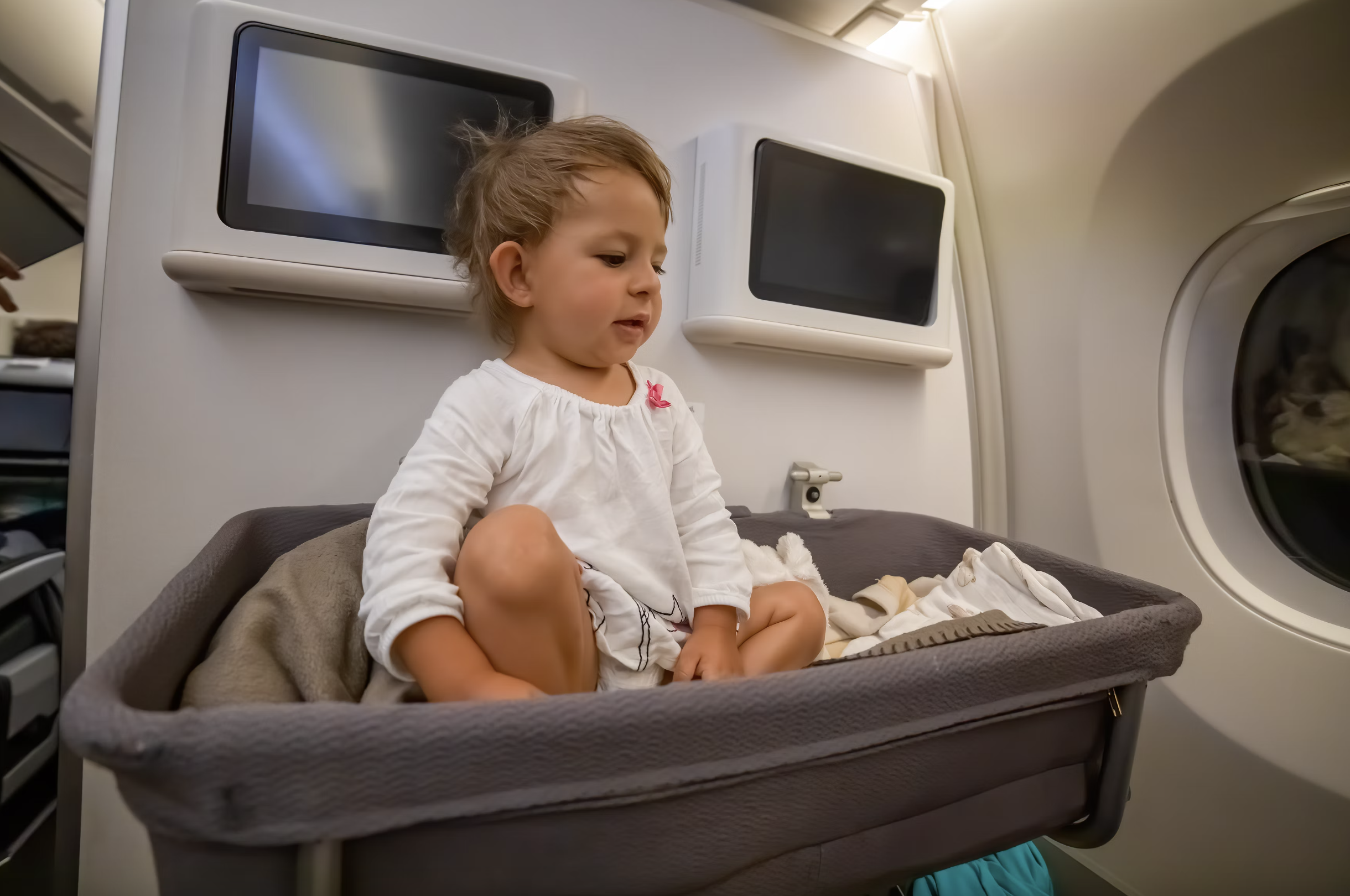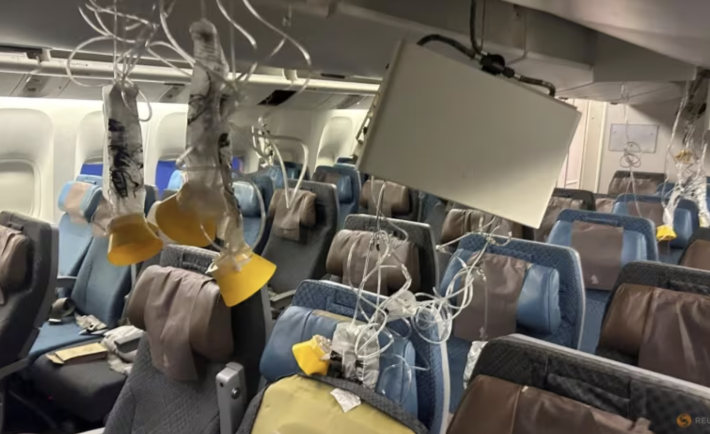The issue of safety during turbulence on flights has come to the forefront recently.
Unless you’ve been a caveman/woman, you would have been aware that there was a Singapore Airlines flight from London to Singapore where one passenger died and many others were injured after experiencing severe turbulence.
Experts are sharing what passengers and flight crews can do in these situations and here’s what you need to know.
Don’t underestimate your seat belts
Experts noted that passengers should keep their seat belts fastened when sitting.
Even if the seat belt is a little loose, it effectively prevents serious injuries during strong turbulence.
A lot of people forget this on long flights, especially in business class where you can lie down.
Furthermore, you should keep your seat belt on even during meals, to reduce the risk of unexpected turbulence.
Buckle up when sitting, even if the fasten seat belt sign is off.
It’s also important to listen to the safety instructions (we’re all guilty of not paying attention, aren’t we?).
What if I’m traveling with kids?
Babies under 3 should be held by their parents and have their infant seat belts fastened.
Babies are too small and not strong enough to sit alone, so they need to be belted to an adult.
The infant seat belt keeps the baby from getting separated from their parent during turbulence.
If your child is in a bassinet, take them out and hold them on your lap with the seat belt attached during turbulence.

Image Credits: romper.com
Clear air turbulence, which may have hit that Singapore Airlines flight, actually happens pretty frequently.
That’s another reason passengers are told to keep their seat belts on even if the sign is off.
But people don’t always listen to this advice since it’s seemingly more comfortable to remove it.
What if I’m up and about?
If turbulence happens while people are up walking around, experts advise folks to crouch down low and hold onto an armrest or headrest.
However, don’t grab onto the food cart.
And it’s best not to go to the bathroom if turbulence is likely, like over oceans.
If you’re heading to the bathroom and it starts, go right back to your seat.
It’s also safer if you control your water intake so you won’t have to go to the bathroom as much on the plane.
If you’re waiting in line for the bathroom and a flight attendant ushers you back into your seat, heed advice and return.
Cabin crew’s role in handling turbulence
Cabin crew are trained to respond safely during turbulence.
There are protocols to follow.
The crew also knows where the “stronghold points” are located around the cabin, like small handles in bathrooms and galleys.
If you want to know exactly where, ask, because passengers can use those too.
The crew also receives advance warnings about turbulence through onboard equipment.
It shows when, how strong, and how long turbulence will last.
The pilot typically informs the crew who will announce it over the PA system for passengers to take note.
During mild bumps, hot items aren’t served.
For moderate or worse turbulence, all service is suspended and crew members have 5 to 10 minutes to put away open galley items.
Even during tense moments, the crew needs to maintain high service quality and reassure passengers it’s fine.
While in-flight turbulence can be an unsettling experience, understanding and adhering to the recommended measures and precautions can enhance your safety.
Always heed the crew’s instructions, keep your seatbelt fastened, and stay informed about the flight’s conditions.
Safe travels!























